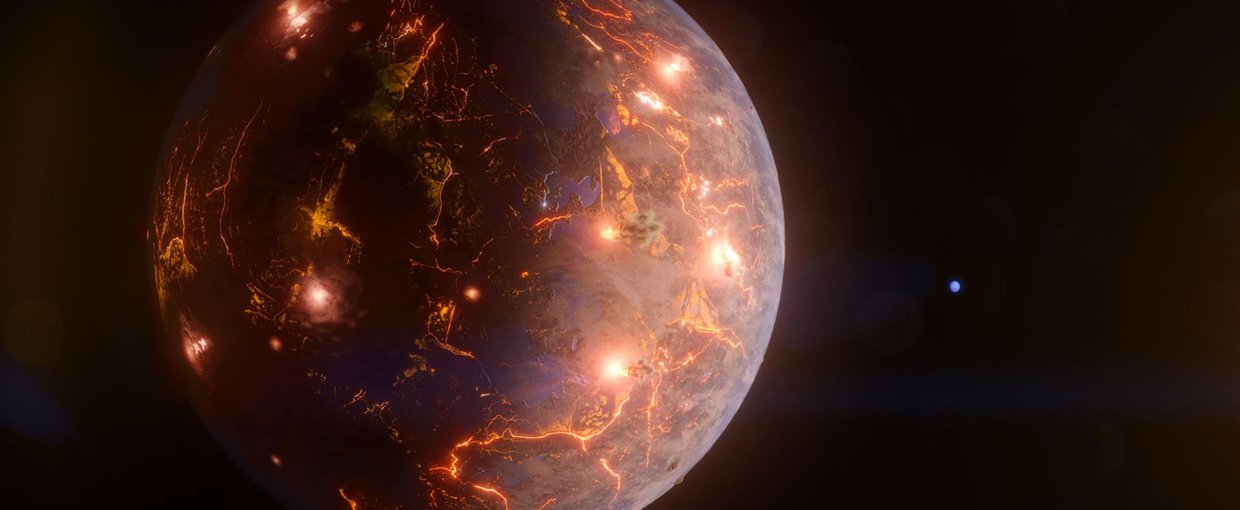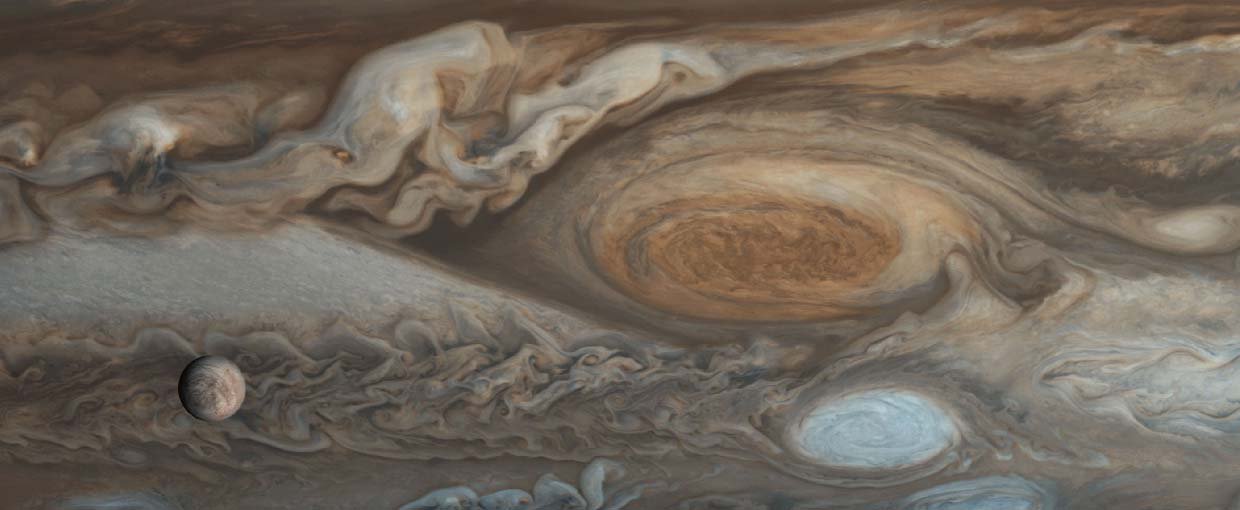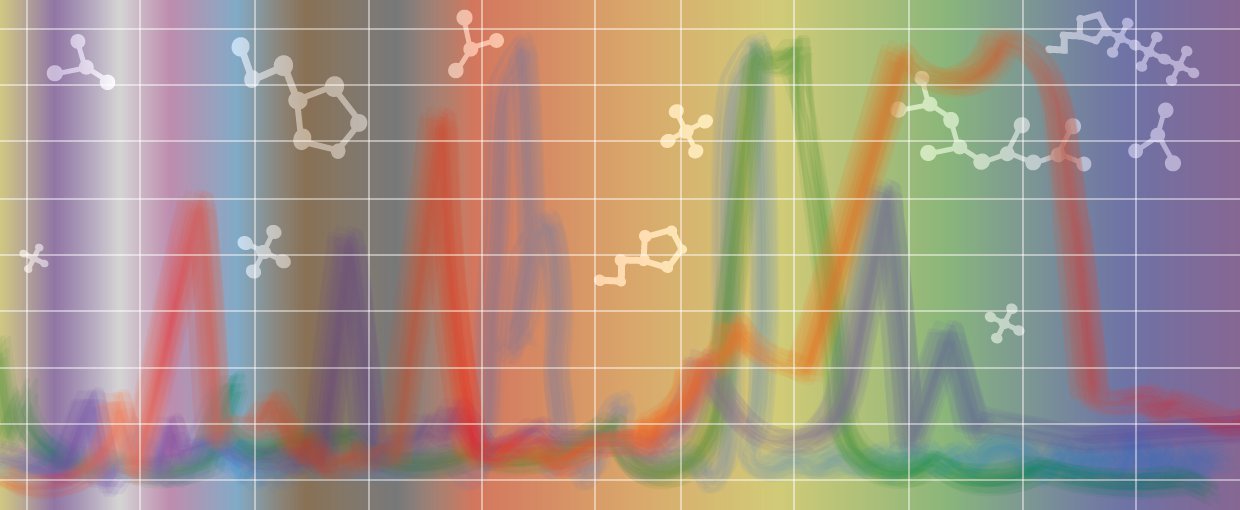Fike, D. A., Gammon, C. L., Ziebis, W., & Orphan, V. J. (2008). ISME J, 2(7), 749–759. doi:10.1038/ismej.2008.39
Martins, Z., Botta, O., Fogel, M. L., Sephton, M. A., Glavin, D. P., Watson, J. S., … Dworkin, J. P. (2008). Earth and Planetary Science Letters, 270(1-2), 130–136. doi:10.1016/j.epsl.2008.03.026
None (2008). Astrobiology, 8(3), 489–535. doi:10.1089/ast.2008.0759
Parkinson, C. D., Liang, M-C., Yung, Y. L., & Kirschivnk, J. L. (2008). Orig Life Evol Biosph, 38(4), 355–369. doi:10.1007/s11084-008-9135-4
Shenoy, S. S., Whittet, D. C. B., Ives, J. A., & Watson, D. M. (2008). ASTROPHYS J SUPPL S, 176(2), 457–466. doi:10.1086/533532
Dohm, J. M., Anderson, R. C., Barlow, N. G., Miyamoto, H., Davies, A. G., Jeffrey Taylor, G., … Baker, V. R. (2008). Planetary and Space Science, 56(7), 985–1013. doi:10.1016/j.pss.2008.01.001
McGlynn, S. E., Shepard, E. M., Winslow, M. A., Naumov, A. V., Duschene, K. S., Posewitz, M. C., … Broderick, W. E. (2008). FEBS Letters, 582(15), 2183–2187. doi:10.1016/j.febslet.2008.04.063
Srama, R., Stephan, T., Grün, E., Pailer, N., Kearsley, A., Graps, A., … Laufer, R. (2008). Exp Astron, 23(1), 303–328. doi:10.1007/s10686-008-9088-7
Tosca, N. J., Knoll, A. H., & McLennan, S. M. (2008). Science, 320(5880), 1204–1207. doi:10.1126/science.1155432
Wander, M. C. F., Kubicki, J. D., & Schoonen, M. A. A. (2008). Orig Life Evol Biosph, 38(3), 195–209. doi:10.1007/s11084-008-9133-6



